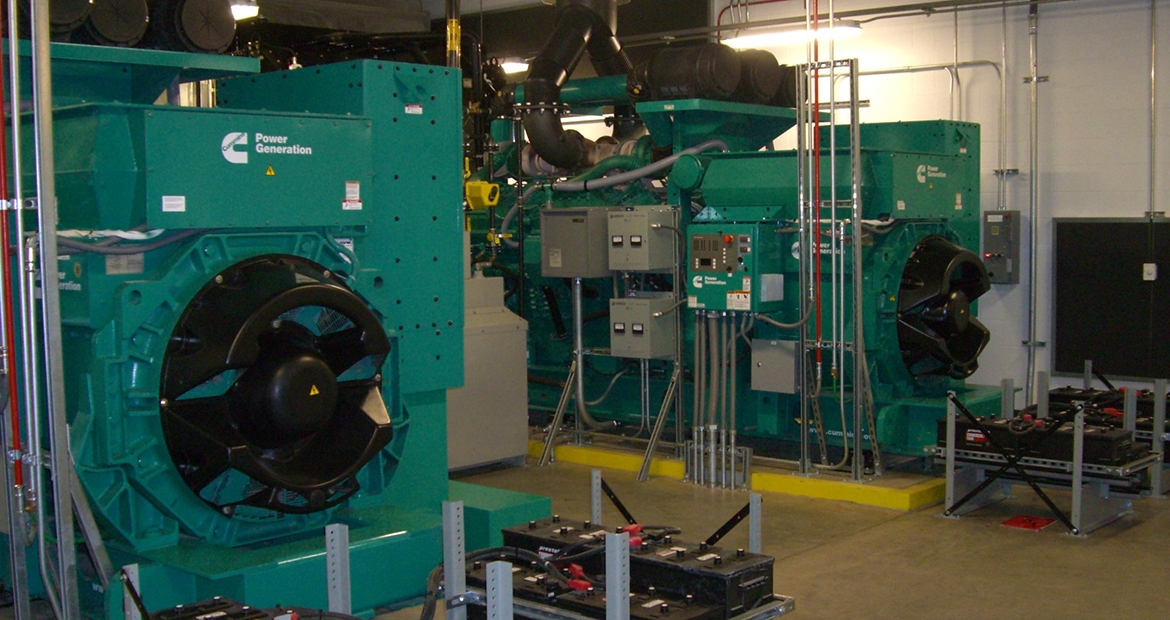Key Considerations and Benefits of Paralleling System Technology
By Adam Sidders, Marketing Communications Leader, Power Systems

Generator paralleling is a complex topic that has changed drastically from the operator in the early 1970s to today's autonomous microprocessor-based technology. In order for design engineers to design a comprehensive, reliable paralleling system, a good understanding of how paralleling is accomplished is needed. Paralleling encompasses synchronizing, de-energized bus arbitration, sync checks, load sharing, protection, metering, fault tolerance and paralleling with the grid and other power sources.
A primary advantage of paralleling is improved reliability: If one generator set fails, there are other generator sets to power the load. Enhanced performance is also a benefit, as a large generator bus capacity will act more like a utility, with fewer frequency and voltage variations during load steps. Paralleling allows for adding generator sets as power demand increases, and other generators are available to provide power while a single generator set is serviced.
Another advantage to explore is using distributed logic architecture vs. a Digital Master Control to enhance system reliability and eliminate single points of failure. This affects component specification and selection. System data such as load profile, voltage, amps and faults can be uploaded to the cloud and used for preventative maintenance and downtime reduction, which is a new technology in the power system industry.
For specifiers, a key consideration of a paralleled power system is to select the right equipment for the application to reduce overall cost and complexity.
Professionals seeking continuing education credits and resources to stay up to date with current codes, regulations and products can look to regularly-scheduled webinars and speaking engagements from Cummins. The topic of paralleling was presented earlier this year as a PowerHour webinar, and again during the Code Officials Association of Alabama’s Annual Education Conference. Want to learn more? You can replay the Basics of Paralleling webinar or download the presentation here. More information on other webinars, all PDH provided, is also available.
Author Profiles

Adam Sidders, Marketing Communications Leader, Power Systems
Adam Sidders is the Marketing Communications Leader for the Power Systems Business Unit of Cummins Inc. Prior to joining Cummins in 2012 Adam worked in Financial Services for Europe’s largest independently owned insurer as their Marketing and Communications Manager. adam.sidders@cummins.com
Related Tags